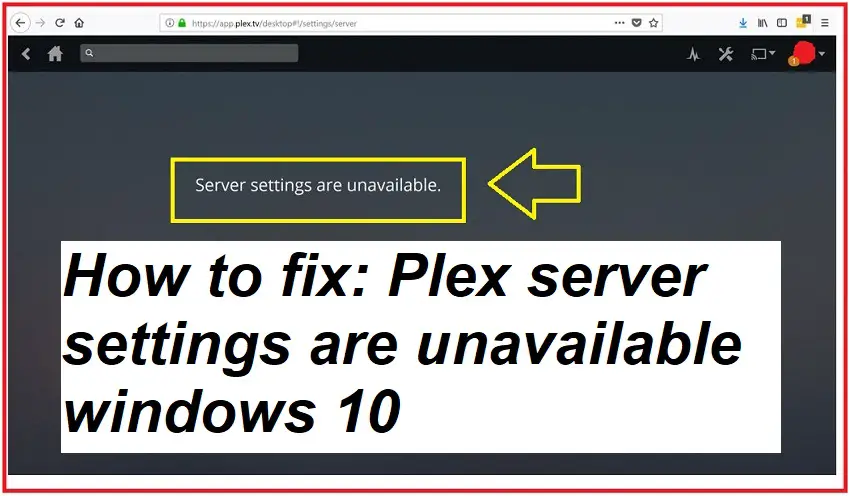
So we need to give that user access to your files. PMS runs as it’s own user (surprisingly a user called plex), not you by default. Our first big problem (although it’s not really) is to allow Plex to access any of our files. Now you should be able to go to and access Plex in almost all it’s glory! Why almost? Because now you have a few more bits to iron out! File permissions and access If you’re prompted to enter your admin password do so. sudo systemctl enable rvice & systemctl start plexmediaserver Next up we actually have to start Plex, the following command will do just that as well as create a symlink to always start Plex at boot. Now Plex is installed! You’re on your way to getting your content anywhere you go! Start the service If you don’t use yumex, or prefer not to (I know… terminal is usually quicker than anything else) you can use the command below to install it – just change the location and name of the file to wherever yours is saved. Now, if you have Yumex installed (a graphical front-end for Yum) you should be able to find that file, double click it, enter your password and voila it’s installed. Since this tutorial is for Fedora users I will assume you’ve downloaded your rpm and have saved it somewhere sensible (the Desktop is not sensible you unorganised Windows user!) Install the RPM So go to the Plex download page now- make sure you download the correct version for your operating system of choice and whether you are 32bit or 64bit. Your Plex installing experience starts on their website to download the media server itself. or android and so make versions of their apps for a myriad of different systems including Linux – hooray! Let’s get started! Happily for us, the wonderful people at Plex realise that not everyone uses Windows. Thankfully I have both, as I think a lot of people do. It goes without saying that you need a decent computer with a pretty good net connection to make this viable. Plex, if you don’t already know, is a media streaming and sharing tool which enables you to access any of your media content (videos, films, tv music etc) anywhere in the world. I’ll post about my experiences with it another day.įor today I am going to be talking about Plex. I’ve only been using Korora for a few days now, it is essentially Fedora 21 with a few bits added that you probably would have added anyway. So this week I have taken the plunge and gone 100% Linux (in this case Fedora 21 on my laptop and Korora on my desktop). Save yourself the silent screams of rage and use my easy to follow guide to set up Plex securely and with the minimum of fuss.

However, setting up Plex on Fedora can be a little bit tricky if you’re not sure what you’re doing. Plex is a great way to get access to your media files anywhere you want them.


 0 kommentar(er)
0 kommentar(er)
